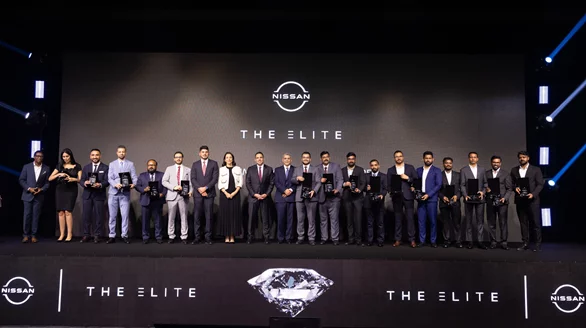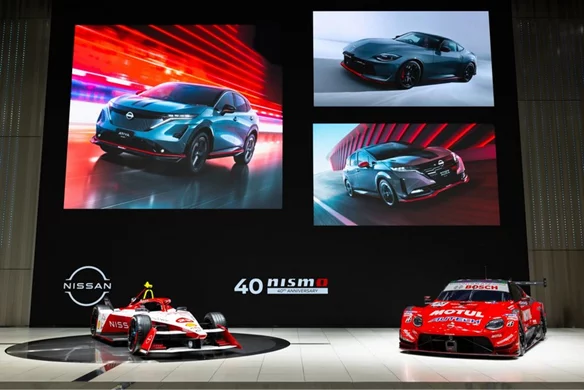In today's rapidlyprogressing age of technology, our television content is more immersive than ever. Mystical lands of imaginary creatures,magical powers and futuristic settings are all brought to life by the technologies that bring us movies, TV shows and video games.Thanks to today's world-class TV technology, the realm of entertainmentbecomes a vibrant and colorful reality with just the push of a button.
However, with a television that doesn't match upto the rest of an advanced home entertainment ecosystem, it can be difficult to escape into the movies, shows and games we love.Among the worst nightmaresof viewers and gamers alike is television image retention - the lasting imprint of an image that remains static on the screen for an extended period of time. Sometimes these retained images correct themselves, but all too often they become permanent fixtures on the display - a phenomenon called 'burn-in.'Whenan image is burnt into the television display, faint remnants of it are permanently fixed on the screen, visible through any new or dynamic content being viewed.
Televisions that display the same content for long periods of time are particularly susceptible to this distracting and irritating phenomenon. Between binge watching an entire season of your favorite show or playing through several levels of your go-to game, the risk of image retention quickly increases.
Due to the remarkably vivid, saturated colors that characterize the content inmodern television shows and video games, as well as static images, such as background graphics, digital scenery and logos, burn-in has been ruining televisions with increasing frequency.
In fact, entertainment and gaming content haveseen immense advancements in technology, motion graphics design, and hardware in recent years. TV shows, especially the fantasy and science-fiction shows that have been taking the world by storm, are more immersive than ever with detailed scenery graphics, ultra-realistic charactersand top-notch sound design. Meanwhile, video games have become extraordinarily intuitivewith interactive,life-like graphics supported by a variety of advanced gaming consoles and controllers.
To bring all these high-quality features together, television manufacturers have been rolling out TVs equipped with the state-of-the-art technologies necessary to truly elevateusers' viewing experiences. After all, the latest streaming and gaming technologies can only achieve their fullest potential with a display made to support their impressive capabilities.
Burn-in is one of the biggest viewing problems combatted by Samsung's new QLED TVs. While image retention and burn-in may seem confined to the nearly-obsolete cathode ray tube (CRT) televisions,these problems continue to plague today's TV technologies. With OLED TVs, for example, pixels are controlled individually, meaning each pixel has a different lifespan. The longer a pixel is turned on, the shorter its lifespan, compromising the brightness of the light and causing part of the image to be retained.On the other hand, QLED TVs' features, including color volume, reduced latency and high peak luminance, help keep burn-in at bay.
For avid gamers, Samsung's QLED TVs provide a unique gaming optimization feature called Game Mode. The feature optimizes image settings when the TV is connected to a PC or game console by disabling its standard image processing and allowing the game itself to adjust the settings and provide the best possible picture. The 2017 Samsung TV models have made Game Modemore accessible with gamers in mind.
Samsung's QLED TVssurpass Ultra HD Premium standards all while being unsusceptible to screen burn. That's particularly impressive when you consider that Quantum dot TVs have 64 times more colors than conventional UHD TVs and achieve 1,000 nit brightness levels with HDR 1000. Put simply, QLED TVsdisplay Ultra HD Premium content exactly as the creator intended. So, whether you're enjoying cloud-based gaming, watching sports or viewing movies for any period of time, you can be confident that your screen won't be damaged.



-171010025505283.jpg)





















